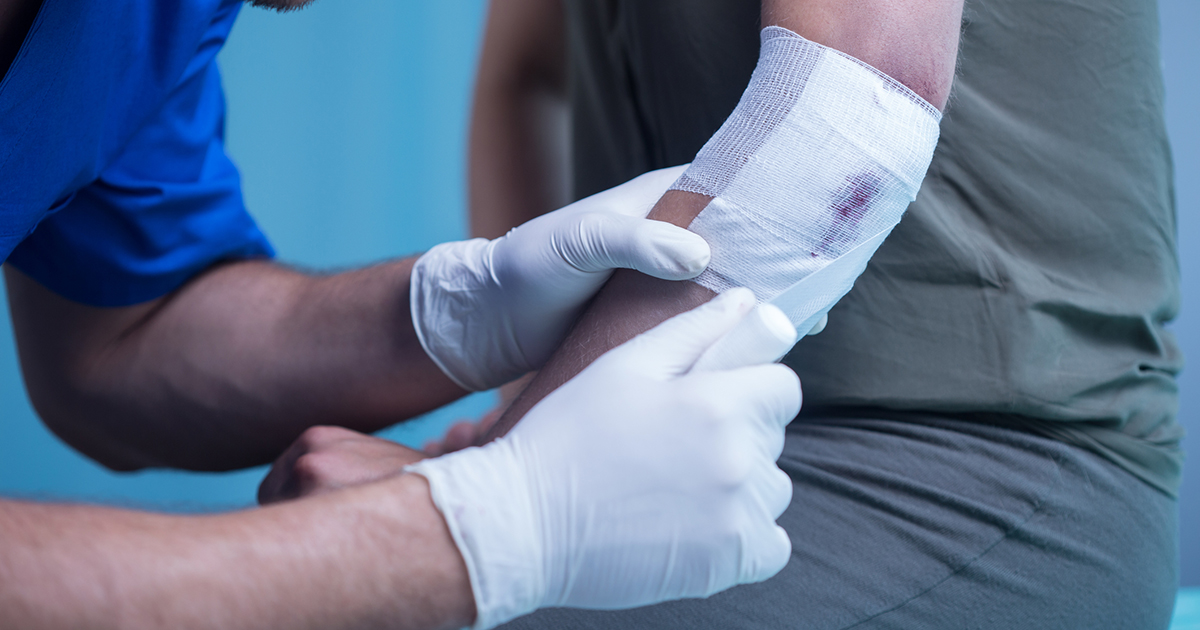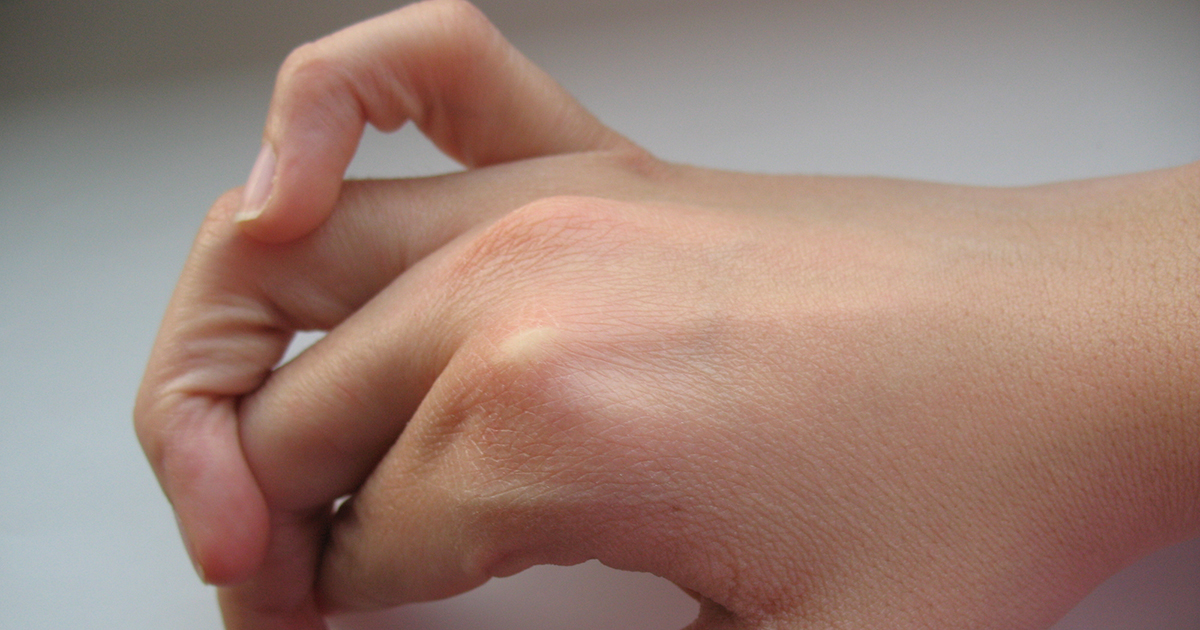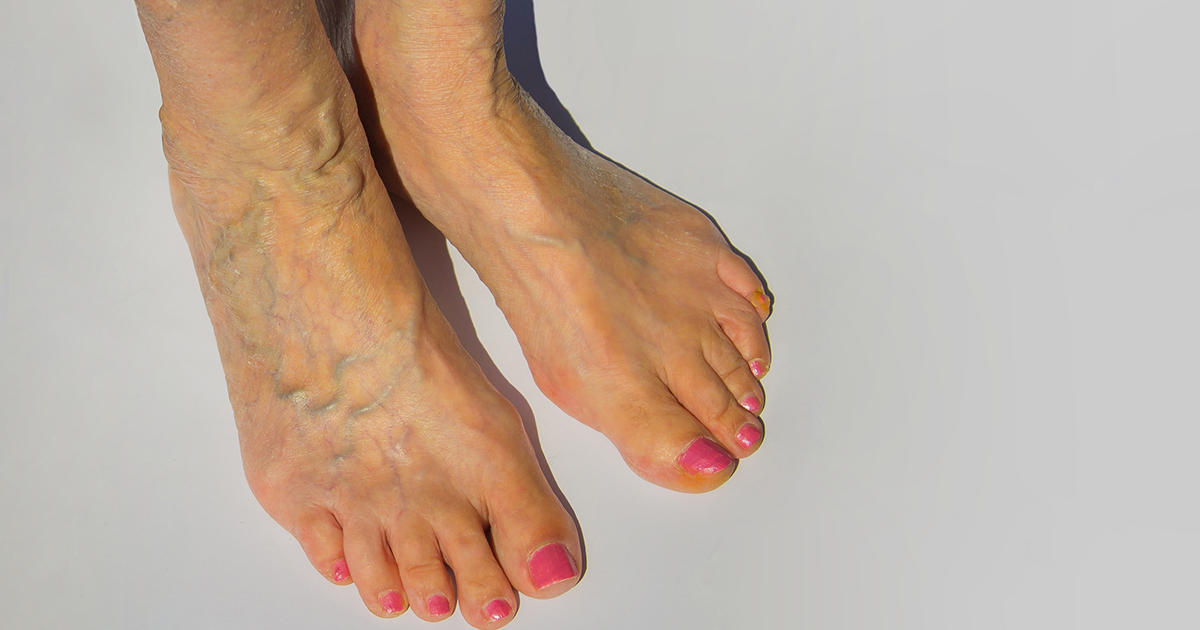Signs And Symptoms Of Ehlers-Danlos Syndrome
Ehlers-Danlos syndrome (EDS) refers to a group of genetically inherited disorders that affect a person's connective tissues. The main tissues affected tend to be blood vessel walls, joints, and skin. Connective tissue is made from complex mixtures of proteins, chemicals, and other necessary substances. These materials give elasticity and strength to your body's underlying structures, acting as a support system. It's common for individuals with Ehlers-Danlos syndrome to have unusually flexible joints and particularly fragile skin. A more severe form of the disease, the vascular type of Ehlers-Danlos syndrome, has the potential to cause rupturing of the uterus, intestines, or blood vessels. Vascular Ehlers-Danlos syndrome can cause severe complications for mothers during pregnancy, so women with the condition might want to speak with a genetic counselor before getting pregnant.
These are the main signs of the most common, classic form of Ehlers-Danlos syndrome, as well as some common symptoms of the vascular type.
Fragile Skin

When the skin is damaged, the healing process will usually take a great deal of time. Skin doesn't tend to heal well from damage, as it's too thin to reform to its original shape. In many cases, when a person with Ehlers-Danlos syndrome needs stitches, the stitching process will be complicated because the surrounding skin is not strong enough to hold the thread. Instead, it tears and breaks, somewhat similarly to tissue paper.
Ehlers-Danlos syndrome patients will often have more scar tissue than other individuals, and their scars also tend to be more gaping and severe. Because of the elasticity of the skin, scars may appear thin and have a crinkly texture. The scarring has been referred to as 'cigarette paper scarring' due to its unusual appearance. It's common for wounds to split open but to lack excessive bleeding. The scars widen over an extended period involving further splitting and healing.
Continue for the next symptom of this condition now.
Stretchy Skin

Ehlers-Danlos syndrome patients have weakened connective tissues, which means their skin can stretch much more than the average person's. Connective tissues are responsible for the ability of your skin to hold its shape. They are elastic enough so you can pull your skin up slightly, but still let the skin snap back into its original shape as soon as you let go.
This isn't the case for individuals with Ehlers-Danlos syndrome. Depending on how the symptoms present, the person's skin may take a long time to return to its original shape, or it might not return to its original shape at all. The skin might also have a velvety texture. It's most common to observe velvet texturing on the forearms, though it will also be present throughout the rest of the body. Stretchy skin might also lead to the development of redundant folds around the body. These folds are most noticeable when they occur around the eyes.
Continue reading to learn about a symptom related to joints.
Overly Flexible Joints

Connective tissue holding joints together tends to be looser in Ehlers-Danlos syndrome patients than in the average population. Joints are capable of moving well beyond their normal range of motion. Loose joints aren't necessarily harmful on their own, but they can cause a great deal of pain and complication for EDS patients. Many non-EDS patients have a few overly flexible joints that can extend beyond a normal motion range. However, Ehlers-Danlos patients are more likely to suffer dislocations and joint pain due to the dysfunction of their connective tissue.
Hypermobility symptoms in Ehlers-Danlos patients tend to present with debilitating consequences to the musculoskeletal system. In studies done regarding patient symptoms and pain levels, one hundred percent of hypermobile Ehlers-Danlos patients reported experiencing joint pain. Hypermobility will usually begin during the first few months of a person's life, but it also doesn't tend to be painful in childhood. However, after an EDS patient reaches adulthood, the pain tends to set in. This pain causes a decrease in the person's ability to be hypermobile. It's also associated with back pain and muscle pain. Even though the patient's hypermobility decreases, the frequency of dislocations and other painful symptoms does not.
Continue to discover the facial features to watch for.
Distinctive Facial Features

Ehlers-Danlos syndrome patients with the vascular type may have distinctive facial features. It's common for vascular EDS to have protruding, large eyes, a small and underdeveloped chin, unusually sunken cheeks, lobeless ears, and a thin nose and lips. Almost all vascular EDS patients present with an abnormal oral frenulum, abnormal eyelashes, an absence of eyebrows, and a lack of earlobes or extremely small earlobes.
The distinctive facial features may be linked to the genetic cause of the disease. Vascular EDS typically occurs due to a mutation in a person's COL3A1 gene, and rare cases involve a mutation of the COL1A1 gene. The COL3A1 gene is responsible for instructions for making a particular component of collagen, which supports the structure of a person's body. The lack of this component leads to unusually small facial features that usually involve collagen-richness. The chin, cheekbones, and earlobes are all structured largely by collagen.
Continue reading for the final symptom on this list.
Thin Skin

Vascular EDS patients may not present with all of the classic Ehlers-Danlos syndrome symptoms. It's uncommon for them to have the same stretchy skin as a classic EDS patient, although they might have thin skin. The veins are often visible running beneath the skin, especially on the patient's chest and abdomen. Vascular patients may also have hands and feet that look like they have aged because of their skin's premature aging. Thin skin is also a defining characteristic of Ehlers-Danlos syndrome for patients with the classic hypermobile form of the illness. The body does not stimulate enough collagen production to create all the required layers of skin, so rather than being somewhat thick and shape-retaining like collagen-enriched skin, EDS patients have skin that's far more similar to paper in appearance.
In both of these cases of Ehlers-Danlos syndrome, patients have their connective tissues affected. For classic EDS patients, the papery-looking skin might fold rather than snapping back when stretched, which sometimes results in a crinkly appearance. This can contribute to the aged look of hands and feet.